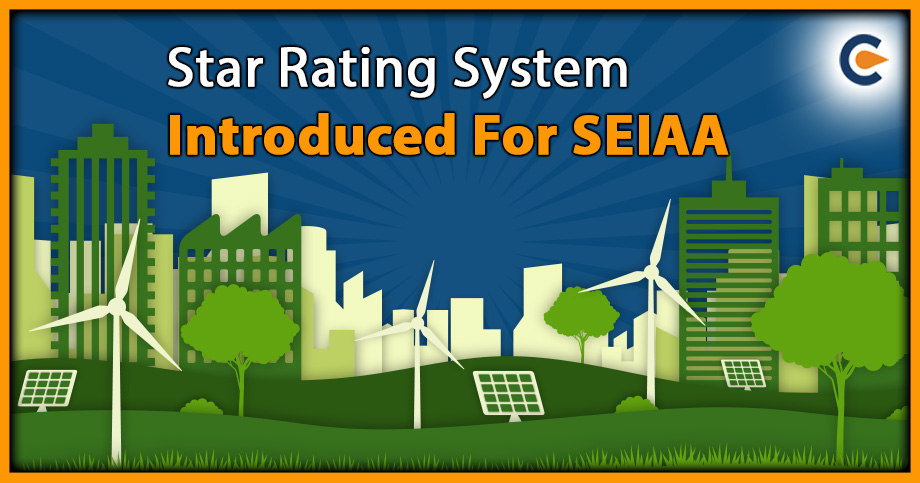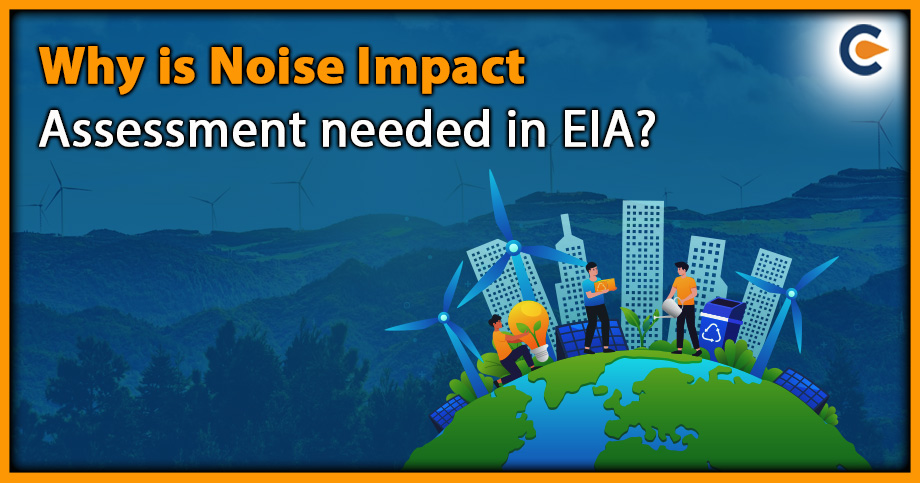The proposed star rating system is utilised to “rank” and “incentivise” States on how “quickly” and “efficiently” they can accord environmental clearances. SEIAA is a regulatory body established by the Ministry of Environment, Forest, and Climate Change (MoEFCC) under the Environment Impact Assessment (EIA) Notification 2006, which mandates the evaluation of the potential environmental impact of proposed industrial and infrastructure projects. A higher star rating indicates better environmental compliance and performance. The rating system is based on pollution control measures, environmental management practices, and compliance with regulatory requirements.
The star-rating[1] system was introduced in 2016, and industries must apply for a rating every year. The ratings range from one to five stars, with five stars indicating the highest environmental compliance and performance level. The ratings are publicly displayed on the SEIAA website, and industries with higher ratings are eligible for various incentives and benefits.
Conditions for SEIAA on Which the Star Rating System Is Based
The conditions on which the Star Rating System is based include:
- Proposals waiting time for more than 30 days
- Terms of Reference proposals waiting time for more than 30 days
- Percentage of disposal of fresh terms of reference
- Environmental Clearances waiting for more than 105 days
- Complaints reassessed
The rating depends on the authority’s performance in the past six months, and the ratings get updated at the month’s end. The average time to grant the clearance has decreased to 75 days. Earlier, it was 105 days as per the Environmental Impact Assessment Notification, 2006.
Other Important Conditions
Other important conditions that must be taken into consideration are:
- Compliance with Environmental Laws and Regulations: The industry must comply with all environmental laws and regulations applicable, including pollution control, waste management, and natural resource conservation.
- Environmental Management Practices: The industry must adopt and implement appropriate environmental management practices, such as the use of eco-friendly technologies, reduction of greenhouse gas emissions, and sustainable use of natural resources.
- Pollution Control Measures: The industry must implement effective pollution control measures, such as the installation of pollution control equipment and systems, regular monitoring of emissions and effluent, and proper disposal of hazardous waste.
- Resource Conservation: The industry must adopt measures to conserve natural resources, like water, energy, and raw materials.
- Disclosure and Reporting: The industry must disclose relevant environmental information to the public, including environmental monitoring and audit results.
- Corporate Social Responsibility: The industry must engage in activities such as community development and environmental education.
- Innovation: To minimise environmental impact, the industry must continuously strive for innovation in its processes, products, and services.
Objectives of the Star Rating System
The star-rating system of the State-level Environment Impact Assessment Authority (SEIAA) in India has the following objectives:
- The ranking system aims to encourage efficiency in decision-making without compromising regulatory safeguards.
- The proposed star rating system is used to rank and incentivise at a state level how quickly and efficiently a state can accord environmental clearances.
- It states seven criteria to rate SEIAA based on “transparency”, “efficiency”, and “accountability”.
- A score of 7 or more is rated a 5-star rating.
Drawbacks of the Star Rating System of the SEIAA
While SEIAA’s star-rating system has several benefits, there are also some drawbacks to the system. These include:
- Limited Scope: The star rating system focuses on the environmental performance of industries and does not consider other important factors, such as social and economic impacts, which can also affect sustainability.
- Self-Reporting and Verification: The system relies on self-reporting by industries, which can be prone to manipulation and inaccurate reporting. Verifying the reported data can also be challenging, particularly for smaller industries.
- Lack of Stringency: The criteria for awarding stars may need to be more stringent to ensure the highest level of environmental performance. The requirements may also be difficult to enforce due to needing more capacity and resources.
- Limited Participation: The system may only be effective in encouraging some industries to participate in the rating system, particularly those that do not see any immediate benefits or have limited resources.
- Incentives May Not Be Enough: While the incentives provided for higher star ratings can encourage industries to improve their environmental performance, more is needed to ensure sustained improvement in the long run.
- Lack of Public Awareness: There may be a need for more public awareness about the star-rating system, which can limit its effectiveness in promoting sustainable development and environmental protection.
Overall, while the star-rating system of SEIAA has several benefits, its limitations and drawbacks suggest that it should be used with other tools and strategies to achieve sustainable development and environmental protection goals.
Conclusion
The proposed star rating system aims to encourage industries to adopt best environmental practices, create awareness among industries about the importance of environmental performance, provide incentives and benefits for high performers, facilitate regulatory oversight, promote transparency and public disclosure, and foster sustainable development. Overall, it is important to recognise that the star-rating system is just one of many tools and strategies that can be used to achieve sustainability goals. Using the system with other tools, such as regulations, market-based incentives, and public awareness campaigns, is essential to promote sustainable development and protect the environment for present and future generations. It is recommended that a person looking for assistance in the Star-Rating System should seek expert advice or consultation to get a hassle-free experience in the extensive process.
Also Read:
Procedure For Surrendering Prior Environment Clearance Accorded By MOEF&CC/SEIAA











